5. The Wicker Man (1973)
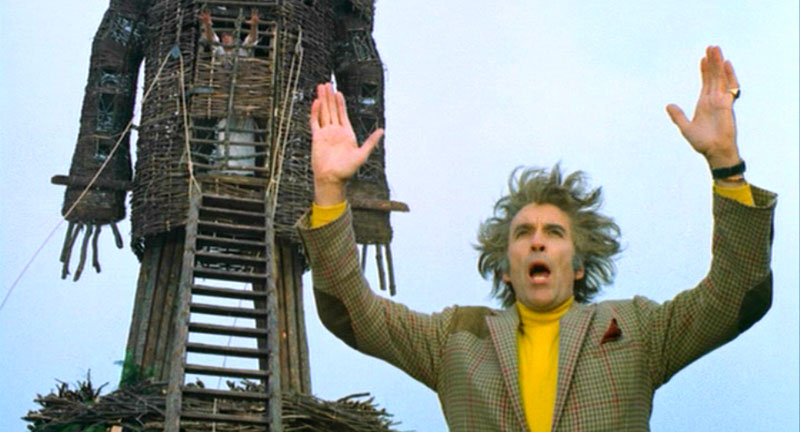
In the early 1970s, screenwriter Anthony Shaffer and horror icon Christopher Lee were tired of horror movies relying exclusively on gore for scares. They also didn’t want to rely on vampires, or other conventional scary monsters. In devising the project, Shaffer was inspired by Julius Caesar’s accounts of the Gallic Wars. In particular, Caesar mentioned someone burned in a large, man-shaped structure made of interwoven twigs — a “wicker man.” He also became interested in the darker side of Paganism, and how it would clash with modern Christianity.
The result is the film “The Wicker Man,” which has become highly acclaimed, and widely recognized as a totally unique horror experience. Indeed, as suggested earlier, the film has practically no gore or bloodshed. What it does have, however, is a gradually increasing sentiment of mockery and dread, as two traditionalist mindsets are put at odds.
It stars Edward Woodward as Police Sergeant Neil Howie, who travels to the island of Summerisle to investigate the disappearance of a child. As he meets the townspeople, they are constantly giving him the runaround, and Howie sees the people’s behavior with repulsion or horror.
This is all creatively done through visuals, disconcerting dialogue, song and dance. When the policeman meets the island’s leader, Lord Summerisle (Christopher Lee), there is a battle of not only wits, but of moral philosophies. As the mystery unfolds it constricts, and the folly of man is fully on display. By the end of the film, you feel the world closing in on Howie, and there’s no way out of the flames.
4. A Nightmare on Elm Street (1984)
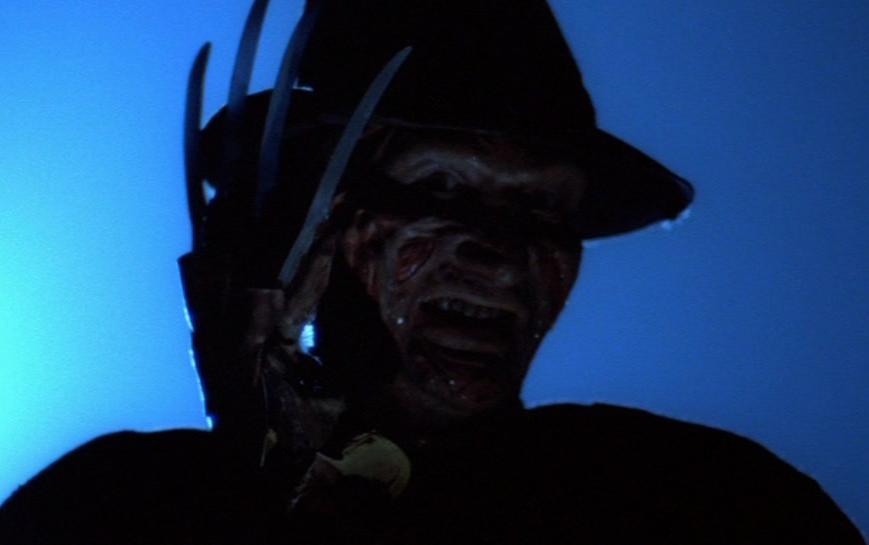
Freddy Krueger has become a pop culture icon. As a result, some forget his humble roots, or the fact that he’s supposed to be an evil, evil character. In fact, Freddy’s evil is part of what makes his success far-fetched. Freddy was a child murderer — with the subtext that he was probably a pedophile, too. Talk about disconcerting! Consider also that Freddy had a sense of humor. This implies he not only killed children, but had a rip-roaring old time while doing so! It was a very risky gimmick, even for the horror genre.
On top of that, “A Nightmare on Elm Street” deals a lot with dreams versus reality. This was another hurdle to Wes Craven’s success, as many people didn’t get it’s appeal. For example, Friday the 13th director Sean S. Cunningham thought audiences wouldn’t find it scary. Wouldn’t they know it was all a dream? Meanwhile, Walt Disney Productions declined the project, for some obvious reasons. Paramount Pictures and Universal Studios passed as well, doubting the story line would work. In fact, Craven did have to water the story down a little to get anyone interested.
Fortunately, New Line Cinema eventually came along, and had every interest in getting the picture made. The result is mind-bending tale of murder, vigilante justice, conquered fears and taking control of reality. All these years later, few horror villains have had such personality, and few horror films have blended such intelligence, humor and creepiness together so well.
3. Gummo (1997)
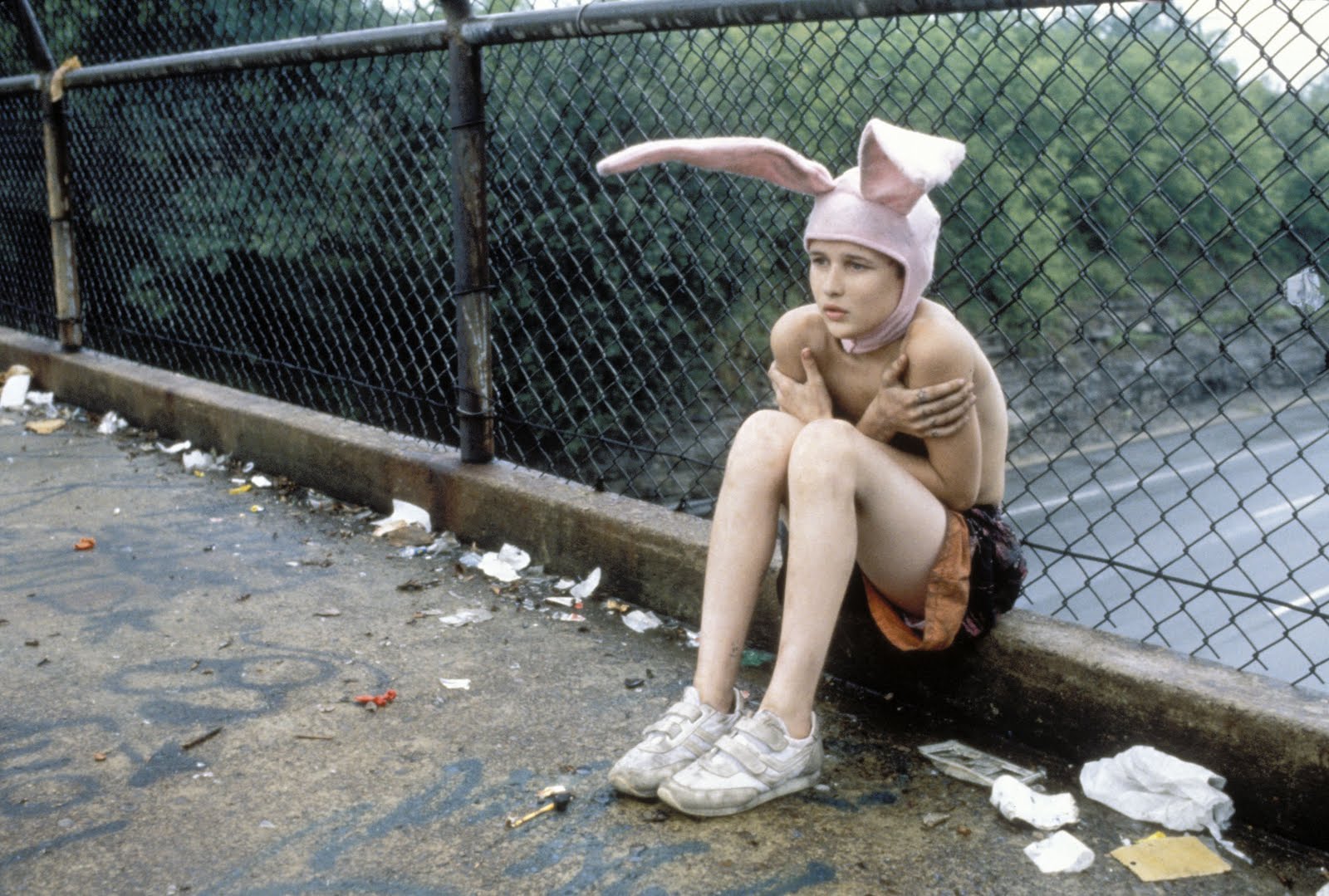
Harmony Korine is a polarizing film maker. As such he makes polarizing films. “Gummo” is a major contribution to unsettling cinema, although it’s simultaneously a rather low key film. For all the shocks and disturbing elements, not a lot even happens in Gummo. It’s more like a glimpse into gradual, surrealistic decay, and it also happens to be very funny.
Frankly, there are so many gimmicks in Gummo, it’s hard to know where to start (or to stop). There are so many surrealistic moments blended with an apparent hyper-realism. You have a boy dressed up as a bunny.
Some of the film’s main characters, Solomon and Tummler, have few redeeming qualities. People get in realistic fights for no reason. Rednecks fight their own furniture. Gross things happen. There are bacon strips taped to a wall over a filthy baths, taken by Solomon, who is eating spaghetti while his mom shampoos his hair. There are racial epithets, satanic images, dead cats, child cowboys swearing like sailors, and so on!
Still despite all that, very little happens in the movie — and that’s part of what makes it amazing. The visuals tell the story, and they weave together countless little subtexts that become more disturbing and enlightening if you ponder them.
Finally, as one of “Gummo’s” most daring gimmicks, Harmony Korine cast Nick Sutton as Tummler after seeing him on The Sally Jesse
Raphael Show. The episode’s title? “My Child Died From Sniffing Paint.” Nevertheless, Sutton plays Tummler as a surprisingly complex, nuanced character, despite his obviously very real depression. Watch with caution!
2. Fitzcarraldo (1982)
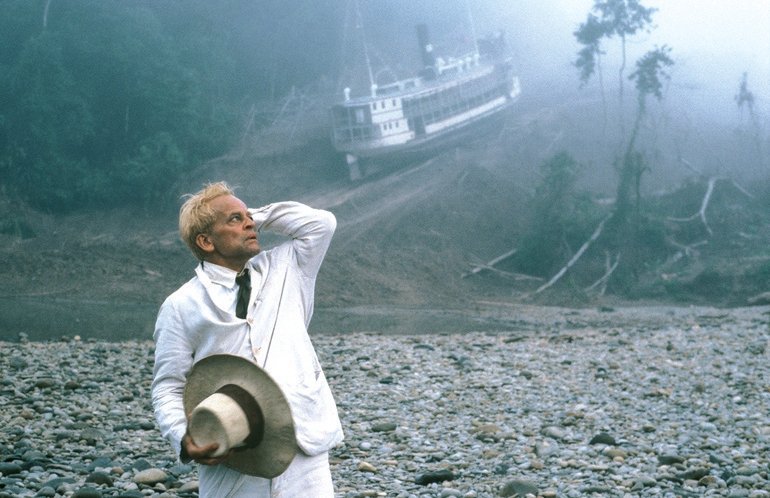
Like many Werner Herzog films, “Fitzcarraldo” has a highly unique premise. Legendary actor Klaus Kinski plays Brian Sweeney Fitzgerald (AKA Fitzcarraldo), an Irishman in Peru, who wishes to access hard-to-reach rubber to fund his dream of an opera house. To get at this source of rubber, Fitzcarraldo secures an old steamship. He then hires natives to haul the 320-ton steamer over a muddy hill between the Ucayali and Pachitea rivers.
Although it’s considered a great movie, it’s definitely not the easiest to summarize. Still, this is one of Werner Herzog’s gifts to cinematic history. Maybe instead of asking, “Why does a man climb a mountain?,” we should ask, “Why would a Peruvian Irishmen pull a steamship over a hill?” Then again, few people would ever entertain such a thought, because it seems too outlandish.
1. Being John Malkovich (1999)
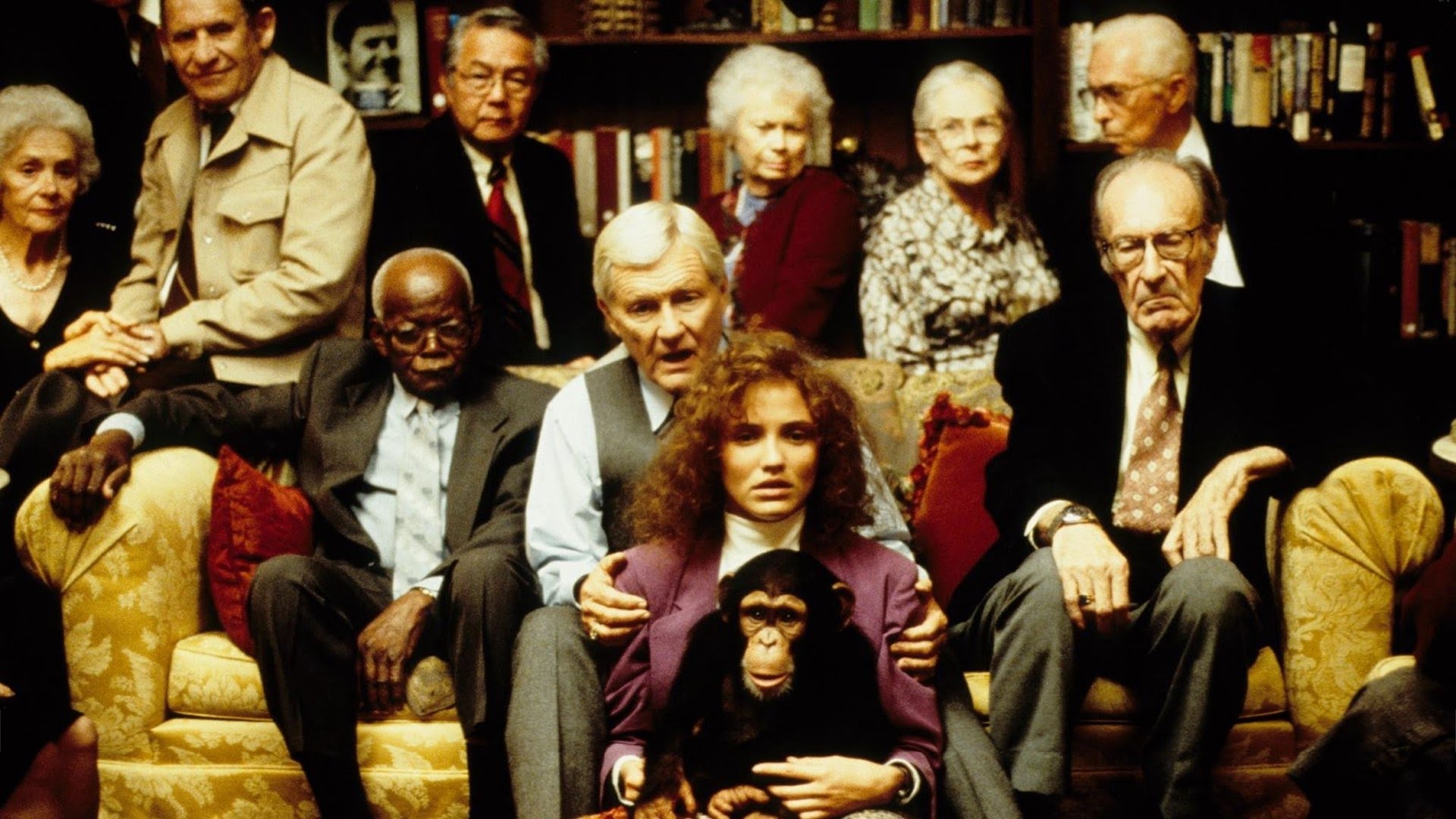
Without a doubt, “Being John Malkovich” is one of the most unique films ever made. It involves a puppeteer, Craig Schwartz (John Cusack), who gets a job for company called LesterCorp. While crouching in an office, he discovers a secret door behind a filing cabinet. As it turns out, anyone who enters the portal also enters actor John Malkovich’s mind, sees through his eyes, and partly feels what he feels.
As the story progresses, Craig’s skills in puppeteering take on a whole new meaning, and he becomes increasingly obsessed with being John Malkovich. Along the way, others learn of this portal, and Craig’s illicit and cruel love interest (played by Catherine Keener) even places a classified ad about it. The result is a struggle over who can be John Malkovich the most.
Obviously this movie takes a lot of risks thematically. It is a highly unusual story. Fortunately, “Being John Malkovich” hits all the right notes, making it one of the best, most accessible “weird” movies ever made.
Author Bio: Wade Wainio is a struggling artist/musician/college graduate/UFO cult leader operating in a humble, vast wasteland called The Upper Peninsula of Michigan. He likes pizza, certain movies and TV shows, and plans to expand his writing career and abilities. He also DJs occasionally at WMTU 91.9 FM Houghton.